The 2017 Earth & Sky Photo Contest Winners
Selected from images taken in 65 countries and territories (during 2016-17), the winners of the 8th Earth & Sky Photo Contest highlight beauties of the night sky and its battle with light pollution.
September 2017 | A stunning collection of nightscape photos (night sky above landscape) are selected as the winners and honorable mention photos of the 8th International Earth & Sky Photo Contest. The contest was open to anyone of any age, anywhere in the world; to both professional and amateur/hobby photographers. Organized since 2009 by The World at Night (TWAN), the contest is a collaboration with the National Optical Astronomy Observatory (NOAO) and Global Astronomy Month, a program of Astronomers Without Borders (AWB). The contest public message is to preserve last remaining natural night environments and night skies in the world, supporting efforts by the International Dark Sky Association (IDA) and other organizations in the field.
The Annual TWAN contest continues to attract a large number of entries. This year more than 1000 images were selected for judging in eight categories and sub-categories by nine experienced judges from a variety of backgrounds. The judging process was lengthy and exacting, and we are confident that the images we have selected represent some of the finest night-time landscape photography anywhere. The winning images were chosen on their aesthetic merit and technical excellence, and we believe they accurately reflect the state of the art in TWAN-style photography. The competition encourages photographers with imagination to push their cameras to their technical limits, and to produce eye-catching images that appear perfectly natural and are aesthetically pleasing.
“The sky above us is an essential part of our nature, a heritage for us and other species on this planet. The contest main goal is to present the night sky in this broader context that helps preserving the natural night sky by reconnect it with our modern life.” says TWAN founder Babak Tafreshi.
The images were taken in 65 countries and territories including Algeria, Argentina, Australia, Austria, Belarus, Belgium, Bolivia, Bosnia and Herzegovina, Botswana, Brazil, Canada, China, Colombia, Czech Republic, Denmark, England, Estonia, Finland, France, Georgia, Germany, Greece, Guatemala, Hong Kong, Hungary, Iceland, India, Indonesia, Iran, Ireland, Italy, Japan, Kenya, Lithuania, Madagascar, Malaysia, Malta, Mauritius, Mexico, Morocco, Nepal, New Zealand, North Ireland, Norway, Oman, Paraguay, Peru, Philippines, Poland, Reunion (France), Romania, Russia, Scotland, Seychelles, South Africa, Spain, South Africa, Sweden, Switzerland, Taiwan, Tanzania, Thailand, Turkey, Ukraine, and USA.
According to the contest theme of “Dark Skies Importance,” the submitted photos were separated in two categories: “Beauty of The Night Sky” and “Against The Lights”. The selected images are those most effective in impressing public on both how important and delicate the starry sky is as an affecting part of our nature, and also how bad the problem of light pollution has become. Today, most city skies are virtually devoid of stars. Light pollution (excessive light that scatters to the sky instead of illuminating the ground) not only is a major waste of energy, it also obscures the stars, disrupts ecosystems and has adverse health effects.
The entries were also separated into four categories according to the methods of photography and subject matter, which are “Main”, “Composite”, “Time Lapse & Sequence”, “Aurora”. Along with the “Beauty of The Night Sky” and “Against The Lights” divisions, 8 sets of entries were evaluated by the judges.
**With the introduction of new categories, the general evaluation of the submitted images turned out more to be difficult and time consuming than initially anticipated. The total Solar eclipse of 21st August 2017 turned out to be a deciding factor, whose preparations brought additional workload to the usual daily schedules of the judge panel; unfortunately resulting in delays in the original time table of the contest. For this delay, we are sorry.
Contest Winners
1 Beauty Of The Night Sky – Main Category:
The first prize goes to Camilo Jaramillo of Colombia. He photographed this stunning vista, “100 Steps Forward” in Huacachina Desert, Peru. “This photo talks for its own, a perfect moment with Venus, a crescent Moon hiding on the horizon and the always cosmic and amazing Milky Way. Person on photo is a friend of mine who I met in my trip around this beautiful country, Peru.” says Jaramillo.
Contest judge Alan Dyer comments: “Here we see a great composition and lighting. Great juxtaposition of human, Earth and sky. And fine processing. A ‘Wow!’ shot for sure, my initial reaction was a key factor in making a judgment.”
The second position goes to Yuri Zvezdny from Russia, with his wide panorama of the Milky Way and Magellanic Clouds over National Park Torres Del Paine in Chile. “To take this picture I had to risk my life and climb the steep slope. I was ready for this for the sake of a dream. Rising moon illuminates the landscape. Zodiacal light shine above the mountains. Bright Milky Way, Magellanic Clouds, emerald lagoon, thousands of stars, constant rockfalls and loneliness in the darkness… unforgettable night.” says Zvezdny. The panoramic view titled “Starry night in Torres del Paine” was constructed from single identical exposures.
Third place goes to “Playing With The Moon” by Fernando Cabrerizo. This nicely planned view of a big pine tree, a young moon, and a woman was recorded in Valladolid, Spain.
2 Against The Lights – Main Category:
An unorthodox look at Brussels from an airliner wins this category in 2017 edition of TWAN Contest. Ulrich Beinert is an airliner pilot in Germany and he describes himself as a space photographer. In his own words: “Brussels, capital of Belgium, the European country that to this day completely illuminates many of its highways and main roads. From space and from the air, the vast network of roadways stands out from the surrounding countries. Here, Brussels is seen in the foreground from the cockpit of an airliner, the soft evening twilight colors with the crescent Moon in the background. Belgium has almost no refuges for those wanting to see the night sky in its original beauty, human heritage of hundreds of generations and inspiration to millions. Without our view of the night sky, where would our literature, our science be today? We are the first generations to live in a permanent twilight and I wonder what consequences this will have in the arts and sciences!”
The second place winner is Martin Mark, who photographed “The Oldest Tree In Estonia” near Urvaste. “This is the thickest and oldest tree in Estonia: Tamme-Lauri Oak. We went to photograph this tree with a friend on a clear winter night. The night turned out to be quite special. It was 29th February and the sky was full of stars. Suddenly we saw that a big cloud of fog was coming and we found ourselves inside it. When just couple of minutes before we saw thousands of stars, then now the fog covered them and additionally it amplified the lights of a small village nearby. So now we only saw a lot of light and the dark sky was gone. Soon this rare winter fog disappeared and we were in the darkness again.”
The third winner in the Light category emerges as Ziyi Stefanie Ye of China, with her work “Moonrise” from Salar de Uyuni, Bolivia. Ziyi Ye is no stranger to TWAN Contest, she was the winner of Beauty of The Night Sky – Main Category in 2016 edition.
3 Beauty Of The Night Sky – Composite Category:
In the photo composite submissions, where frames of various exposure or focus settings are blended, the winner in the Beauty category is “Raining Stars Shooting Down” by Haitong Yu from China, who imaged the enhanced activity of 2016 Perseids from Lake Duolin, Inner Mongolia, China. “I captured this composite of falling stars during peak hours of Perseid Meteor Shower 2016. Around 90 meteoroids and even the reflections of the brighter ones were recorded during the 3-hour period.”
Runner-up of this category goes to a different composition of the same Perseid meteor shower by Alvin Wu from China, seen from The Four Girls Mountain near RiLong Town. Wu was also a previous winner of TWAN Contest 2016 edition, in Against The Lights – Composite category.
4 Against The Lights – Composite Category:
The Light category winner of photo composites is “The Climb” by Nicholas Römmelt, photographed from Lehner Wasserfall Kletterteig, Ötztal, Austria. “Climbing in the night above the valley of Ötztal in Austria.You can only view the core of our galaxy for several days in a year from that point.” says Dr. Römmelt. This panorama of 2×5 panels had to be photographed as exposure series due to the lights of the village and the light of the climber, making it eligible for composite category.
“The changing levels of artificial lights can change the methods of photography. The same view could have been photographed as single exposure panorama in darker and less demanding lighting conditions, and we could have seen this very superb composition in one of the main categories instead. The excessive night lights can dictate our ways of photography.” says contest chair Tunç Tezel.
The runner-up of this category is a big panoramic image, “Cape Town” by Stefan Liebermann of Germany. “This Panorama shows the night sky over Cape Town in South Africa on the Lion’s head. The world famous Table Mountains here covered with clouds works beautiful as a separator of the untouched right side with the Milky Way arch and the Atlantic Ocean in contrast to the pulsating world metropolis Cape Town including the enormous light pollution on the left side. It illustrate the dramatic disparity of a beautiful sky full of stars with the Milky Way Arch over the ocean and the by our mankind extremely light polluted sky without any star. We have to take care about the preservation of our natural Night Sky.”
5 Beauty Of The Night Sky – Time Lapse & Sequence Category:
In the photo sequence submissions, that also include star trails, the winner in the Beauty category is “The Missing Observer” by Dario Giannobile from Sicily, Italy. “Once the courtyards of our farmhouses were places where people met and talked about the strenuous day of work in the fields. Maybe they stayed sitting, looking at the clear and dark sky. Nowadays these places are abandoned and no one is looking at the sky any more. That’s the reason why the chairs are empty and the mirror reflects the sky that the missing observers would have looked at. A hoe remembers the farming vocation of such places while the prickly pears on the chair represent the island where I live and the period (summer) when this sky has been captured. Light painting creates a surreal mood for a sky that can be seen but is not observed at the same time.” says Giannobile.
“It is a very creative idea to use a mirror.” adds Babak Tafreshi.
Runner-up spot goes to Josh Merrill from USA, with his elegant star trail image over White Sands National Monument.
6 Against The Lights – Time Lapse & Sequence Category:
For the judge panel, this category turned out to be the most difficult one to evaluate, with many outstanding images submitted.
The Lights category winner of photo sequences is “Festival Of Lights” by Amirreza Kamkar of Iran, who captured this image during a trip to Nepal. “There was a festival of lights in this place at Chitwan National Park. In the foreground fireflies were flying near the tree with their beautiful green light. Also lights of the nearby villages were illuminating the scene. But not only in the ground, the villages’ lights spread out to the sky as light pollution. And finally the last light source belongs to stars and two planets: Venus and Mars.
The runner-up spot is held by fellow Iranian Majid Ghohroodi, who photographed his electric filled star trail sequence “Storm Is Coming” from Maranjab Desert. Lights of Tehran add to the scenery, even though the metropolis is more than 100 km away from the desert.
7 Beauty Of The Night Sky – Aurora Category:
The first ever winner of the new Beauty – Aurora category is Nicholas Römmelt, with his wide panorama “Out Of This World” showing a sky full of green lights over Senja Island, Norway. “It shows the wonderful aurora display from our winter bivouac on the north side of the Island of Senja we were able to witness. For me this picture perfectly shows what it feels like being out in the night gazing at the beauty of the night sky.” says Dr. Römmelt.
Tommy Eliassen‘s “Midnight Revelations” showing a rich display of northern lights over Lofoten Islands gets the runner-up position.
8 Against The Lights – Aurora Category:
This is another new category, whose first time winner turned out to be Sigurdur William Brynjarsson from Iceland. “Incredible weather conditions resulted in magical moments during that night… Heavy rain clouds along with almost a full moon and good gaps between the clouds resulted in lunar rainbows and lady Aurora dancing hand in hand before us… On top of that you have the light pollution from the town of Keflavik fighting to break through the rain clouds but to no prevail.” says Brynjarsson about this image titled “When Lights Collide”, which he photographed in Vatnsleysustrond, Iceland.
And, Beate Behnke‘s crisp panorama of arching Aurora over Reine, Norway gets the runner-up spot in this category.
Honorable Mention Photos
About 200 other outstanding images are also selected by the judges. Some of these images were voted by several judges and were competing closely with the winner photos. Many of these entries are awarded by honorable mention in the contest video (and on YouTube) and will appear on TWAN Guest Gallery
Notes on Original Ideas and Editing
Compared to previous years there were fewer entries with over-cooked processing where the natural colors of night sky were altered by extreme white balance shift or applying too much color saturation.
According to the contest founder Babak Tafreshi: “Digital processing is essential in any style of photography today, specially when dealing with challenging low-light conditions but its valuable to preserve the natural look and colors of the sky and the originality of a photograph (compared to digital art). I highly recommend avoiding the habit of saturated processing. Some of the entries shows the Milky Way central bulge in all colors of the spectrum, from romantic blue, to purple and red, compared to its natural pale-yellow color. This was not a major issue in the analog time where we were limited in processing and the night sky photography community was small and well informed about the nature of their imaging subject. If we consider night sky a part of our nature it should be treated the same way in photography. A photo of a blue sunset is clearly a wrong camera white balance or was taken on Mars! However due to our disconnection with the night sky in modern life most public and media are not familiar with natural sky looks and get excited with such exotic looking images and by sharing and publishing those the issue gets worse. The real winner images in our contest are not those with exotic colors and saturation but the creative and well planned photos captured in the right place at the right time, a scene which will not easily repeat with the same configuration of the Earth and sky.”
The Judging Panel
Jim Richardson (National Geographic photojournalist for over 30 years, recognized for his exploration of environmental issues and advocacy for the night sky)
Jerry Bonnell (NASA’s Goddard Space Flight Center scientist, the co-founder and editor of Astronomy Picture of the Day or APOD, one of the most visited and globally influential astronomy webpages)
Connie Walker (Science education specialist at the U.S. National Optical Astronomy Observatory, president of the Astronomical Society of the Pacific, director of the Globe at Night program)
Mike Simmons (Founder & president of Astronomers Without Borders)
Alan Dyer (astronomy writer and TWAN photographer in Canada)
Ajay Talwar (TWAN photographer and coordinator in India)
Jeff Dai (TWAN photographer in People’s Republic of China)
Babak Tafreshi (the contest founder & director of TWAN, a National Geographic photographer)
Tunc Tezel (the contest chair, TWAN photographer in Turkey)
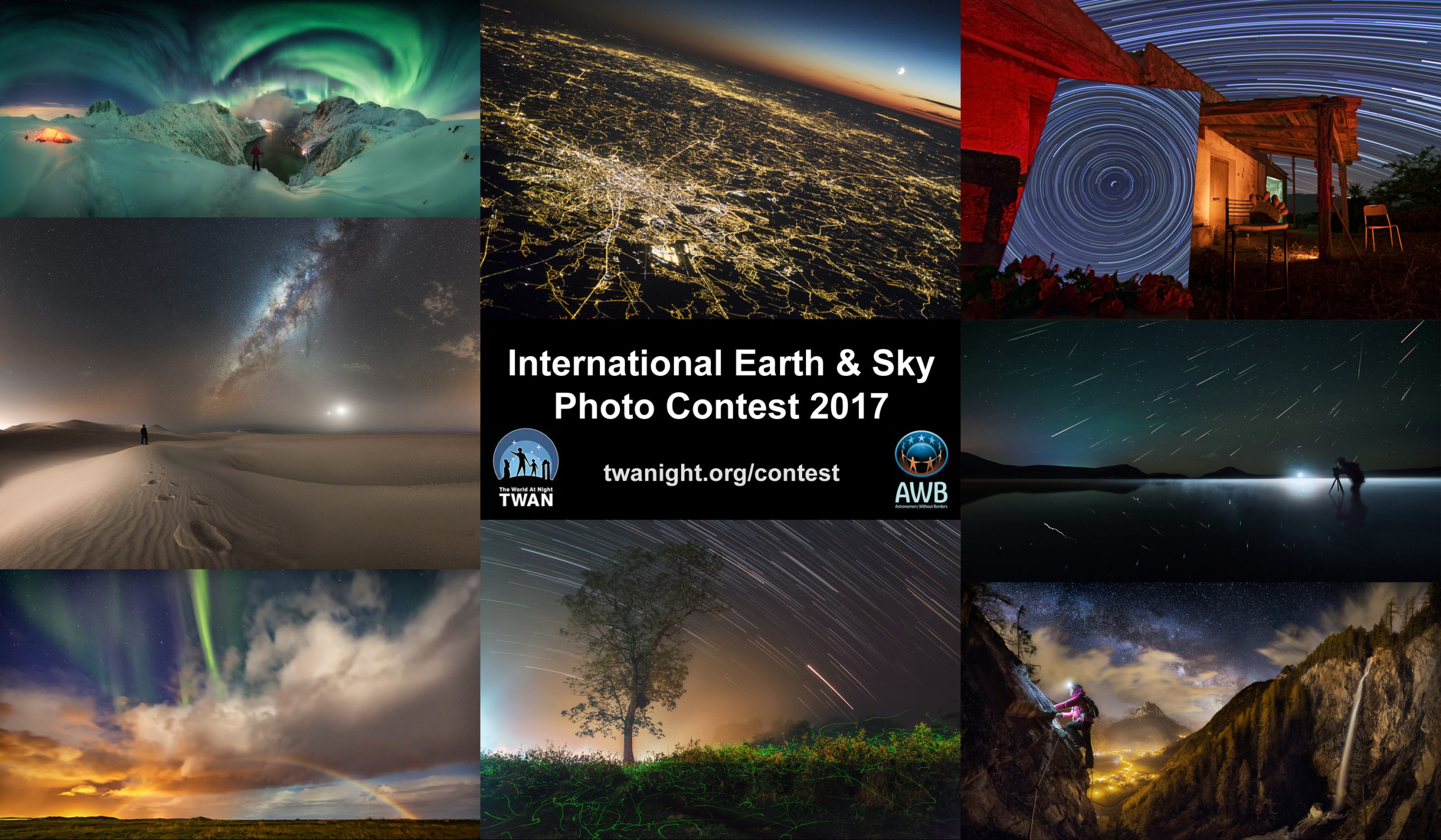
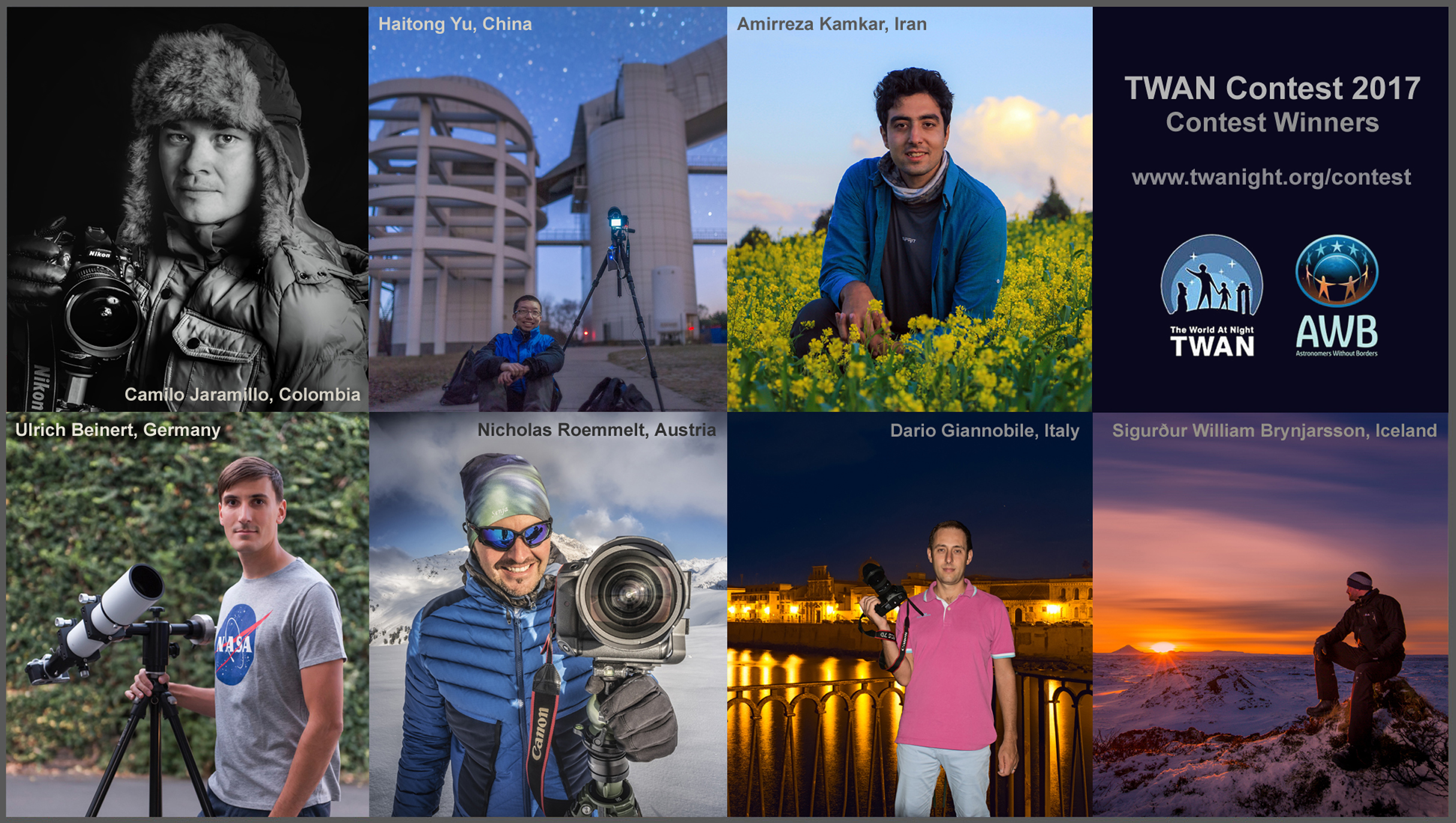

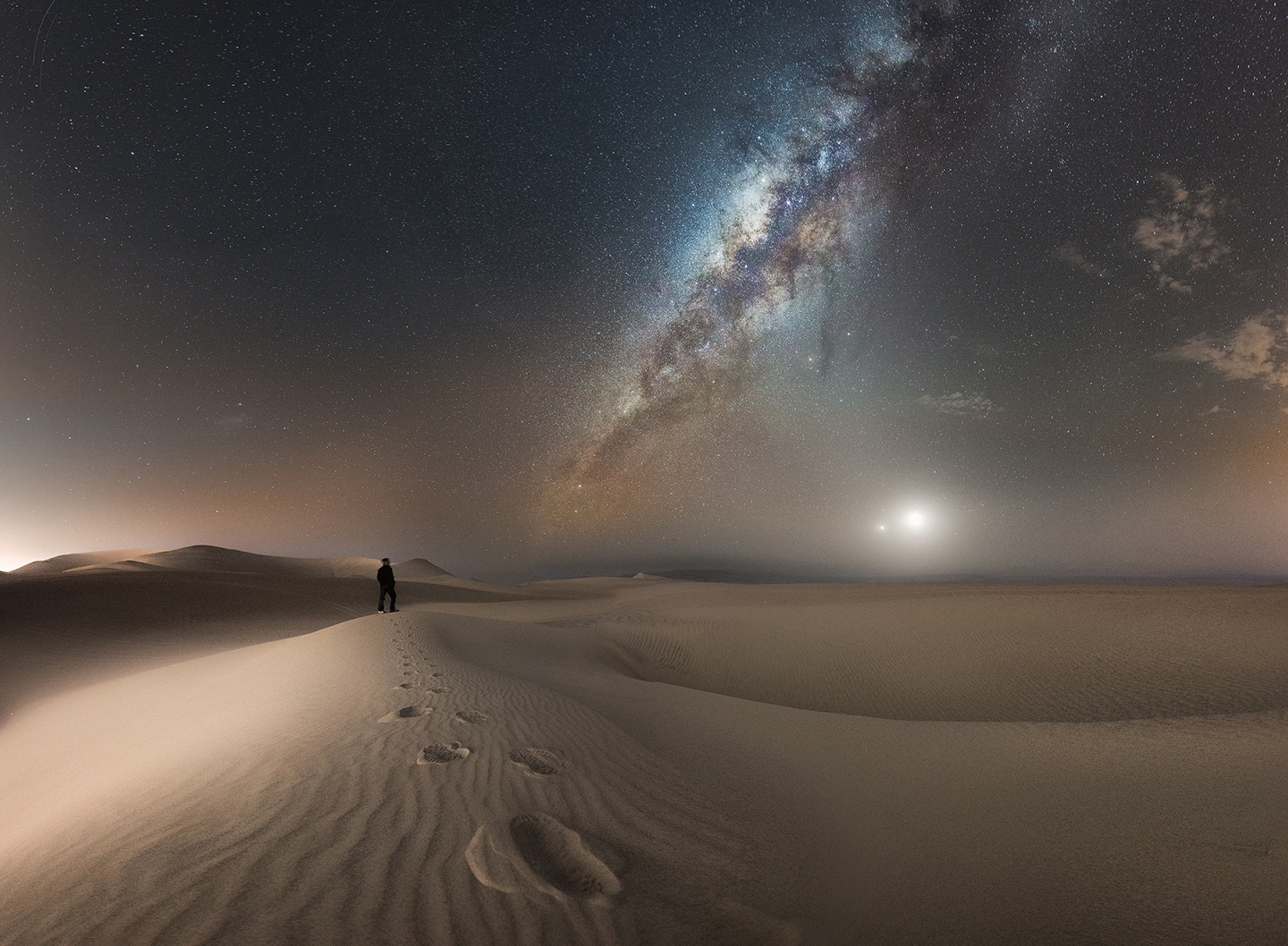
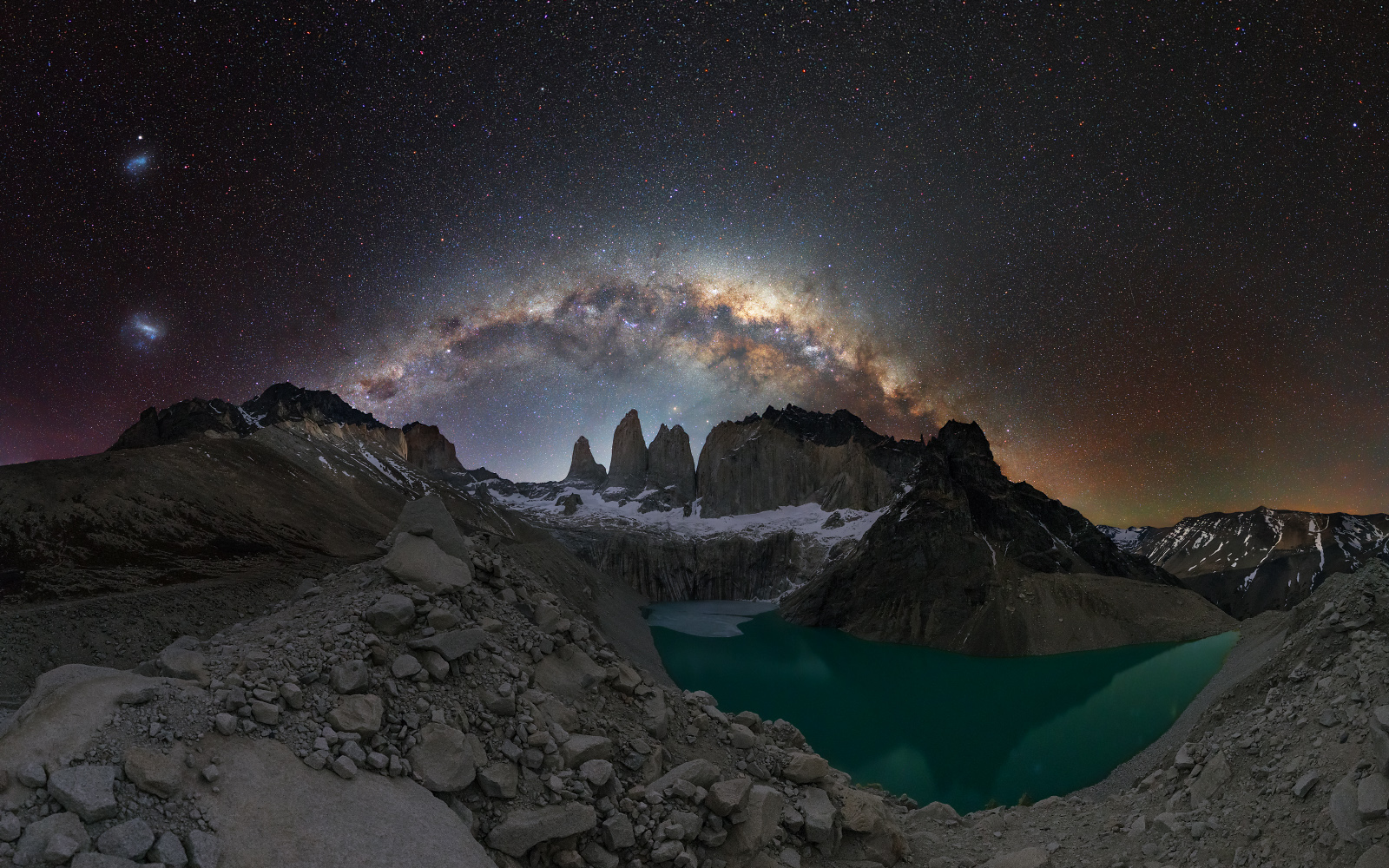
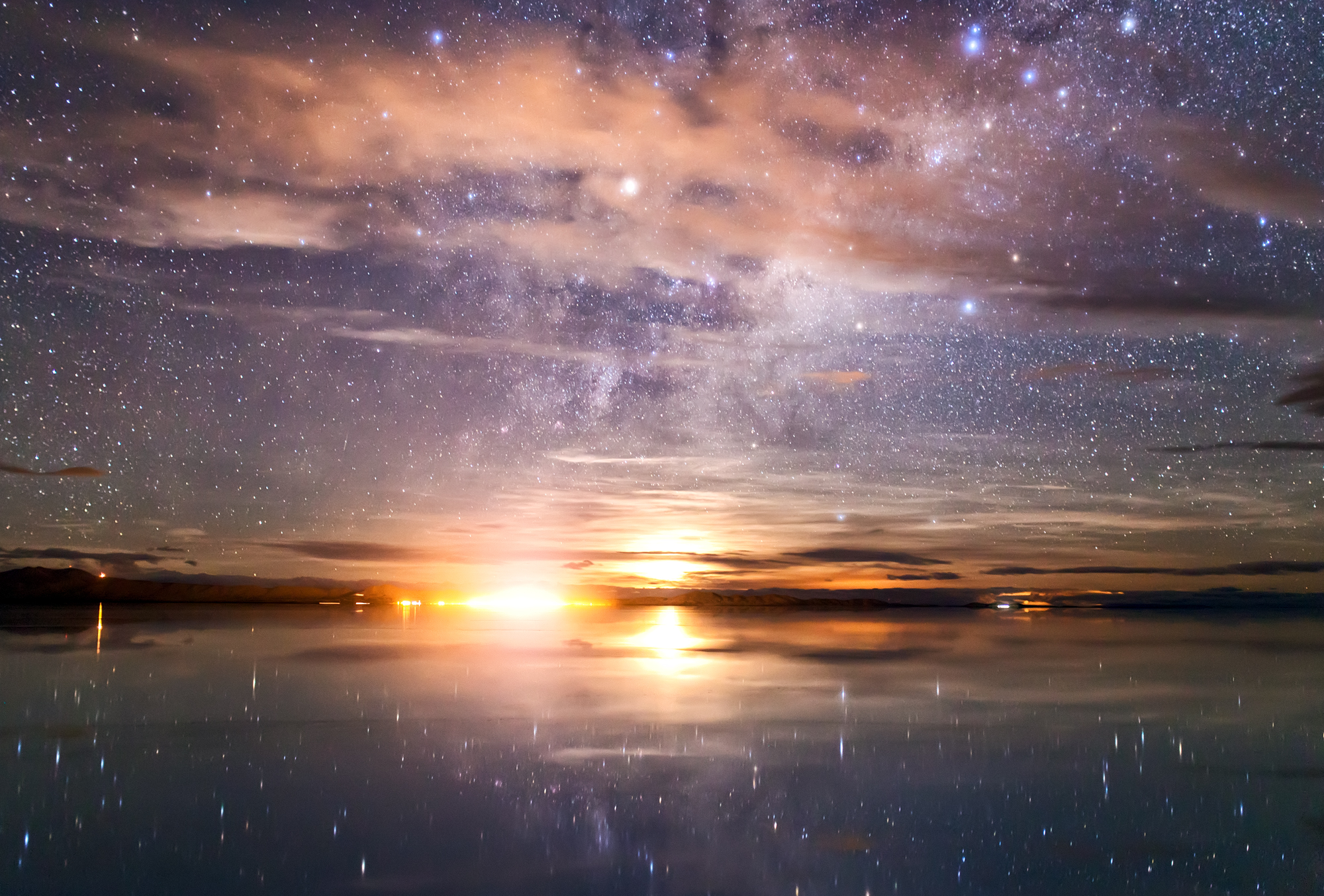
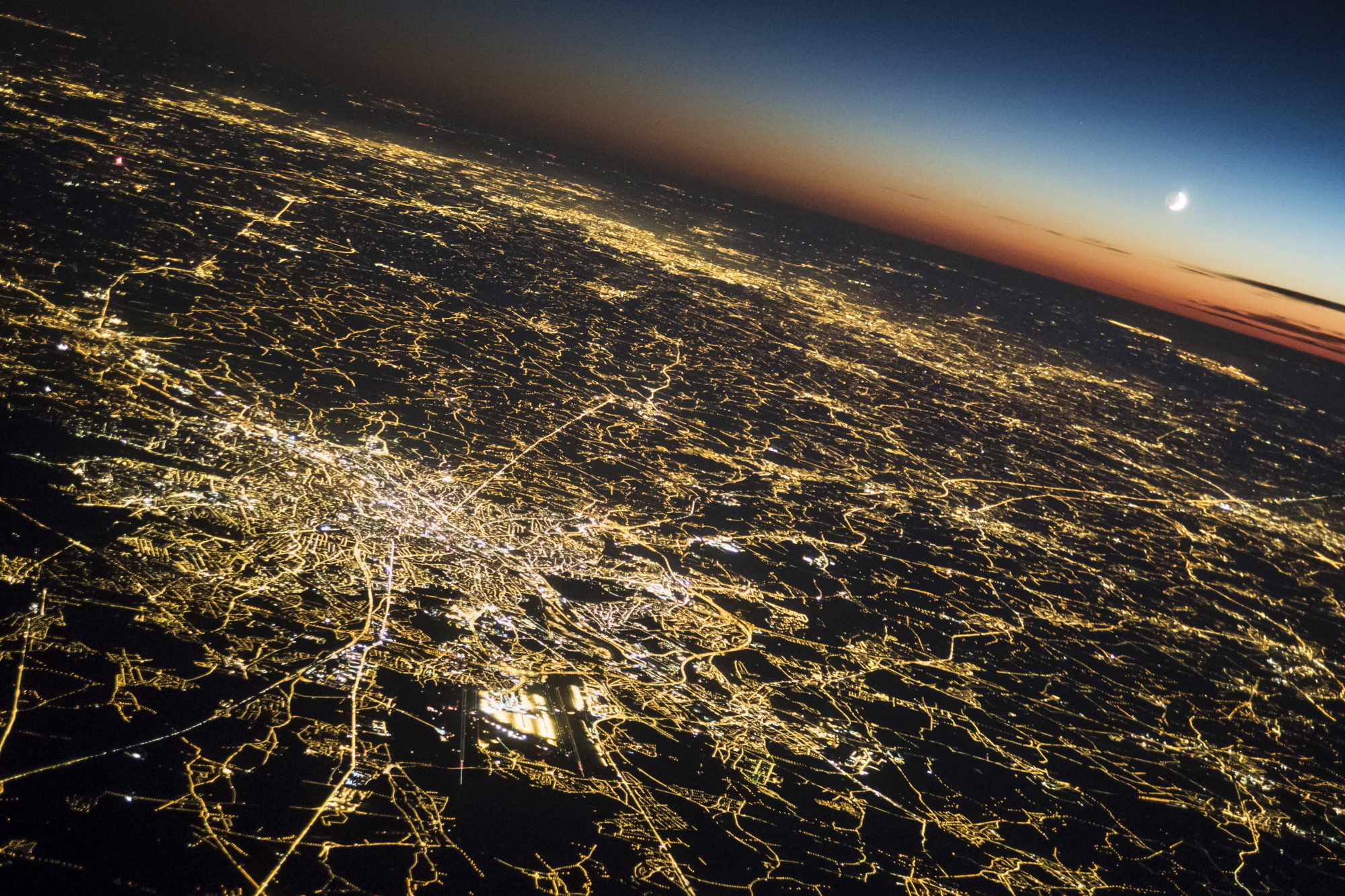
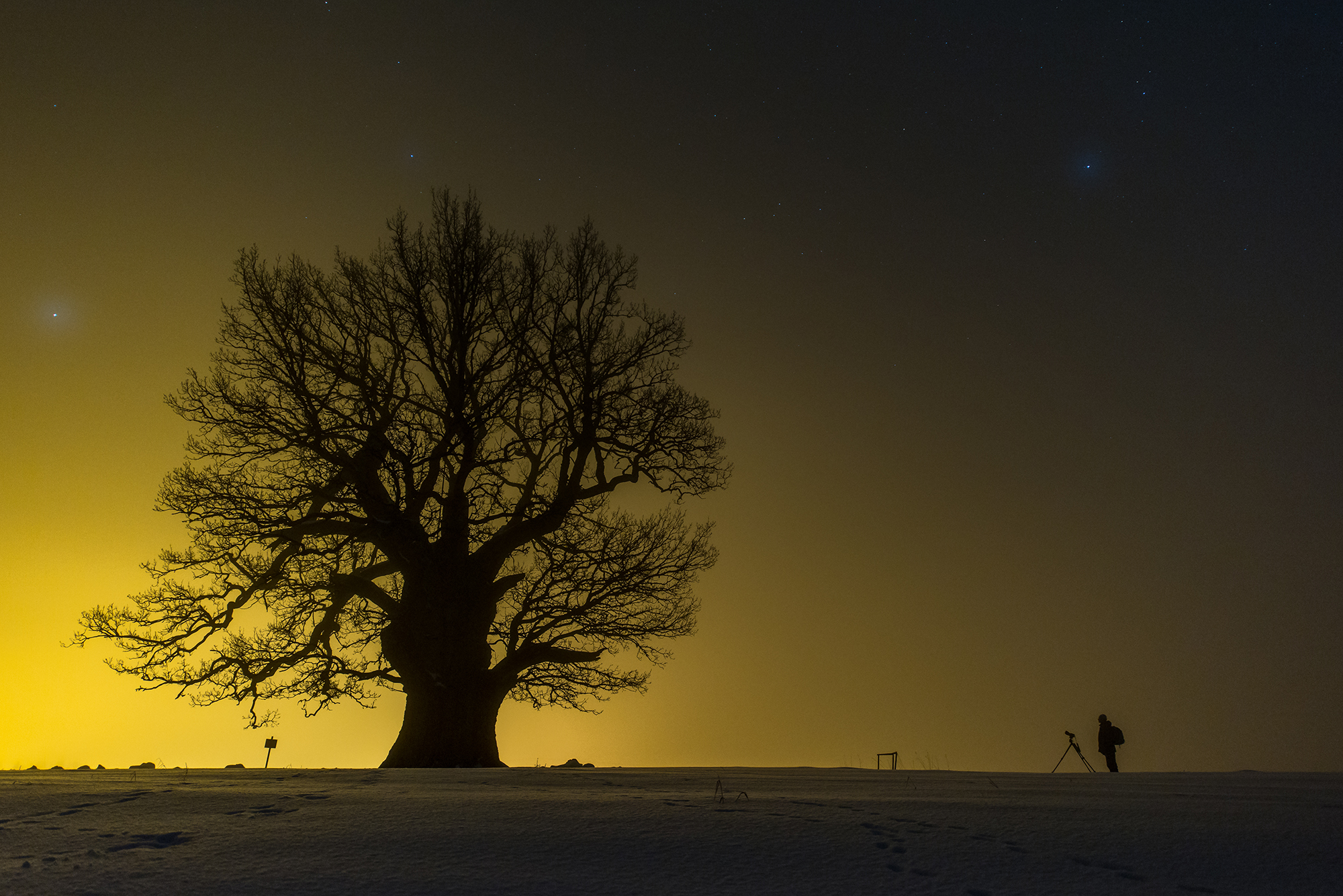
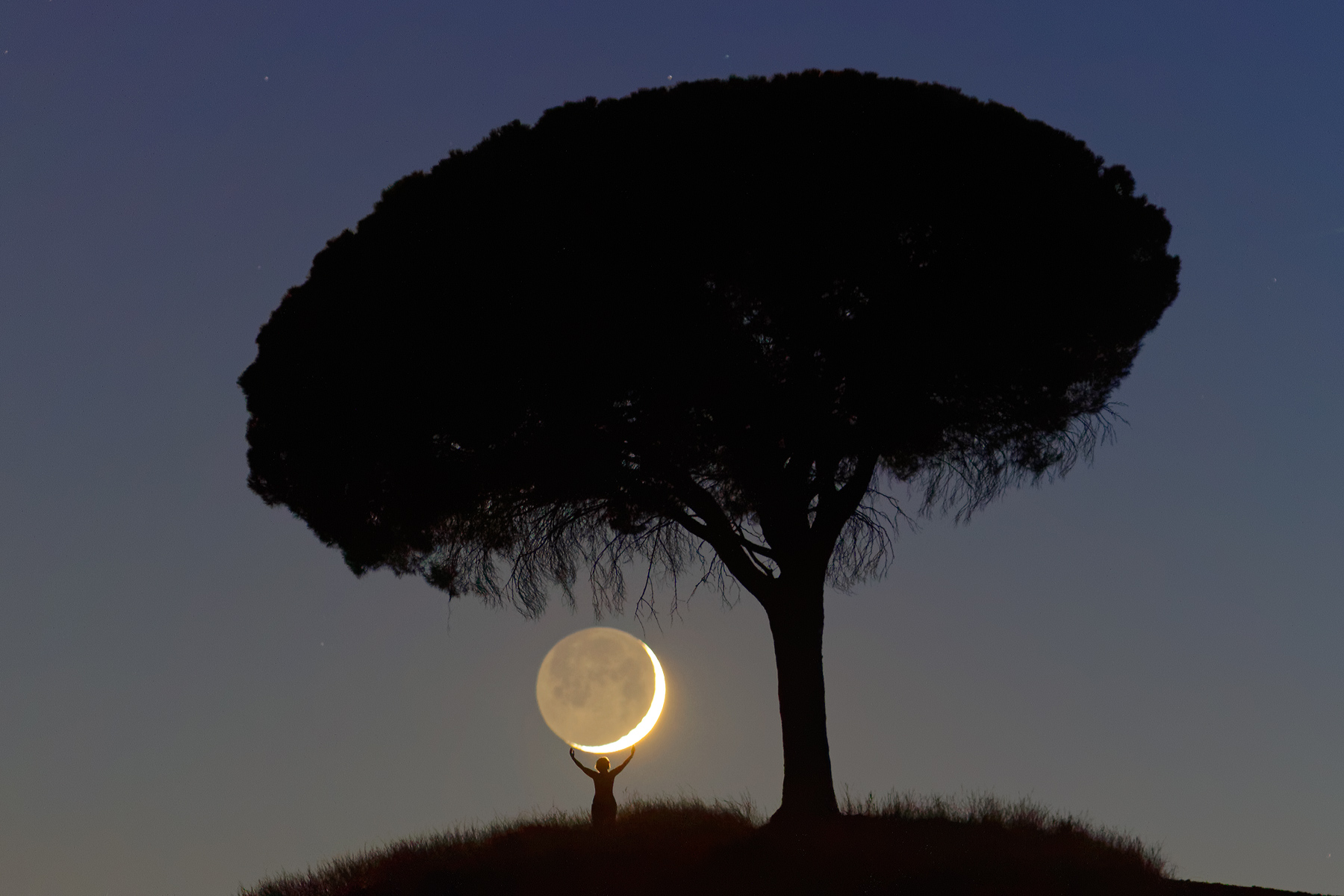
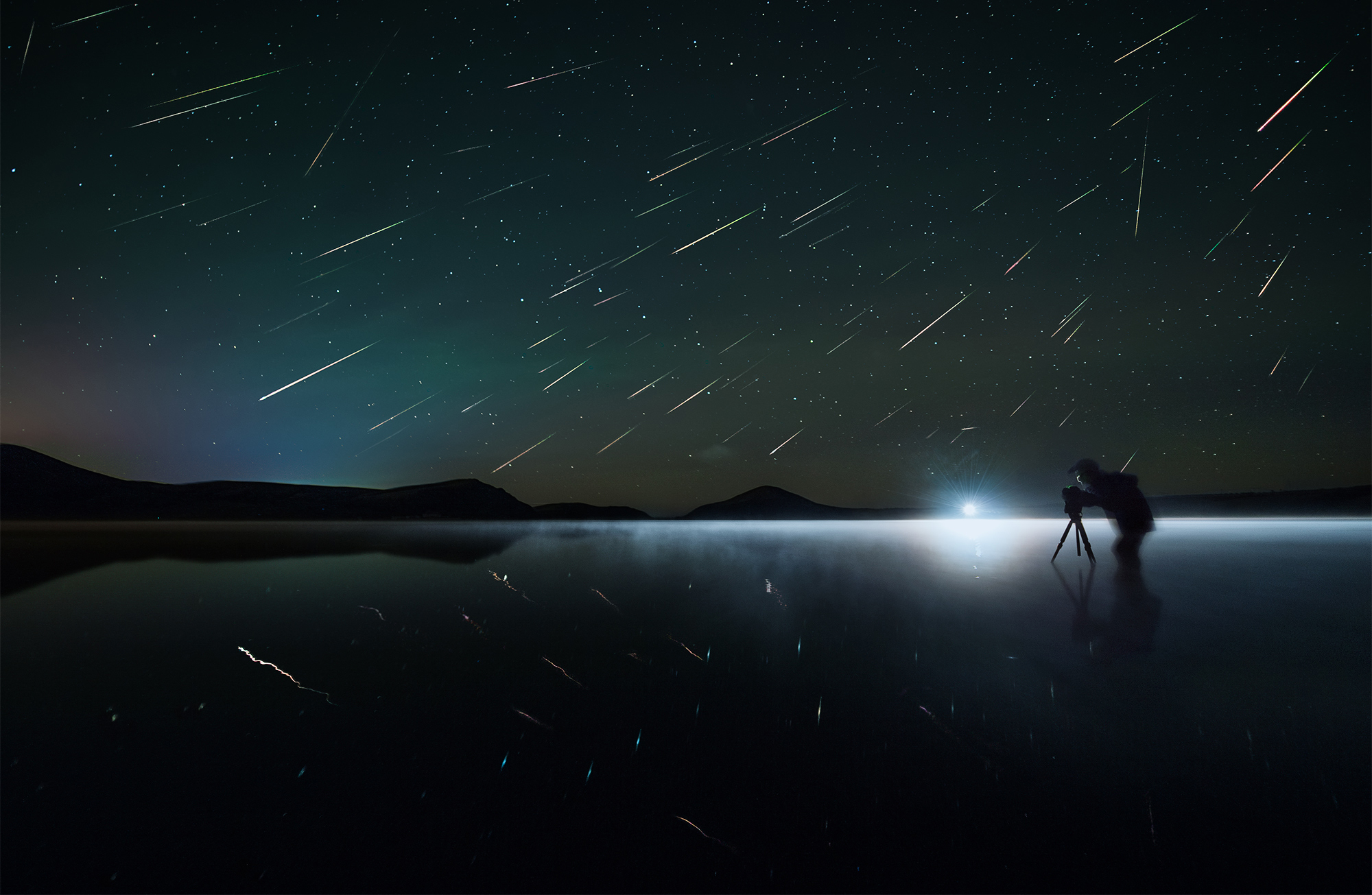
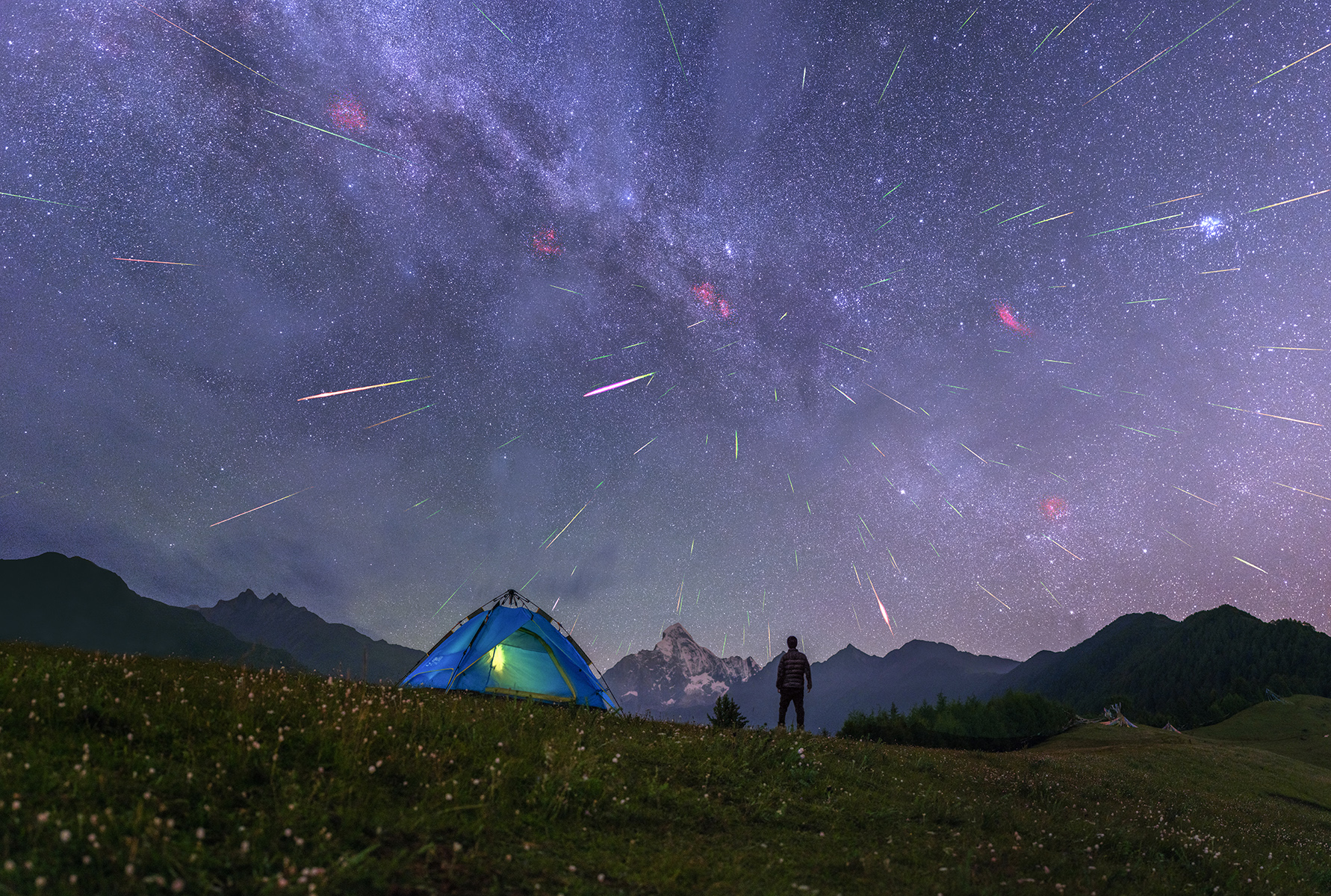
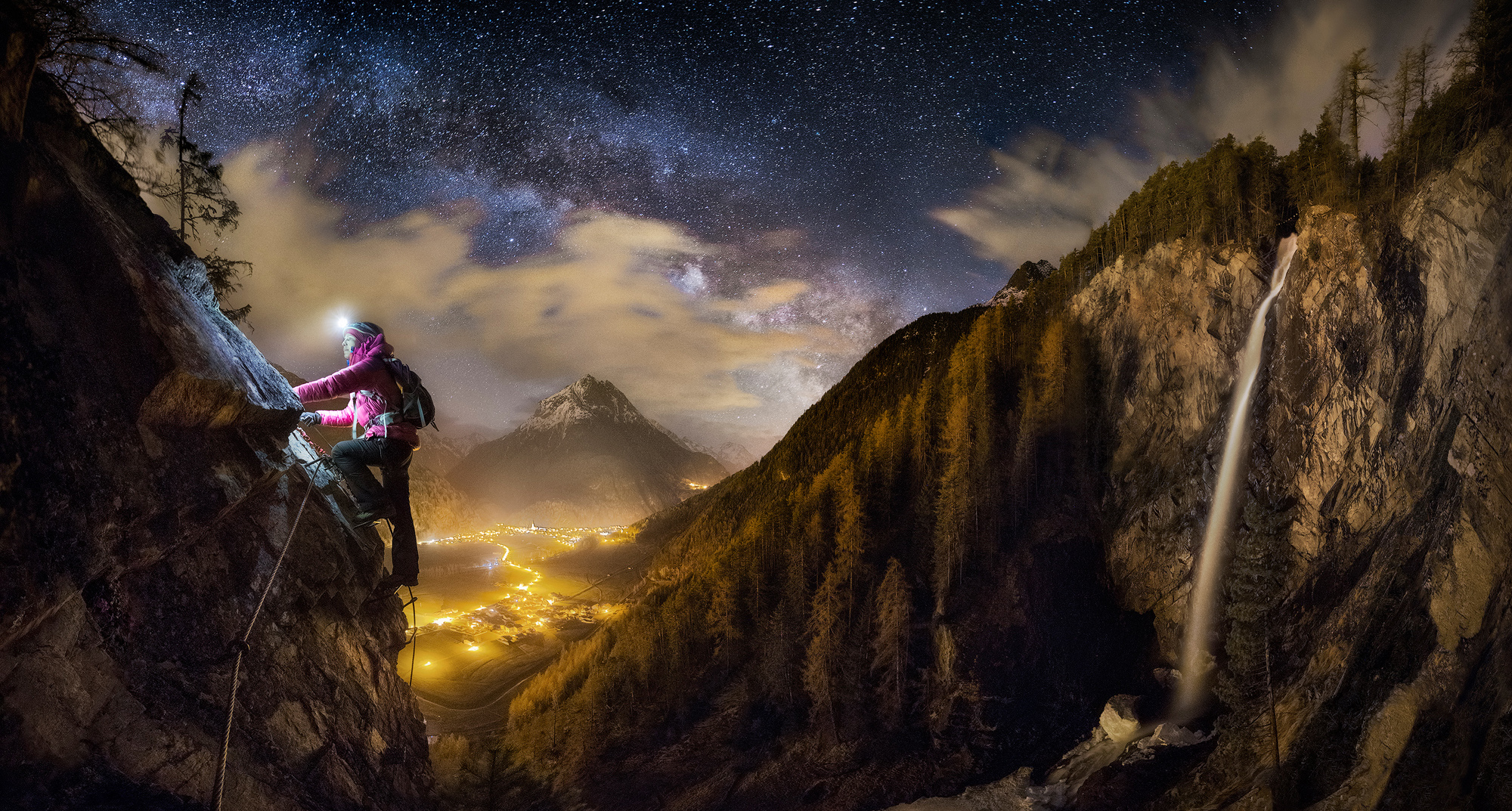

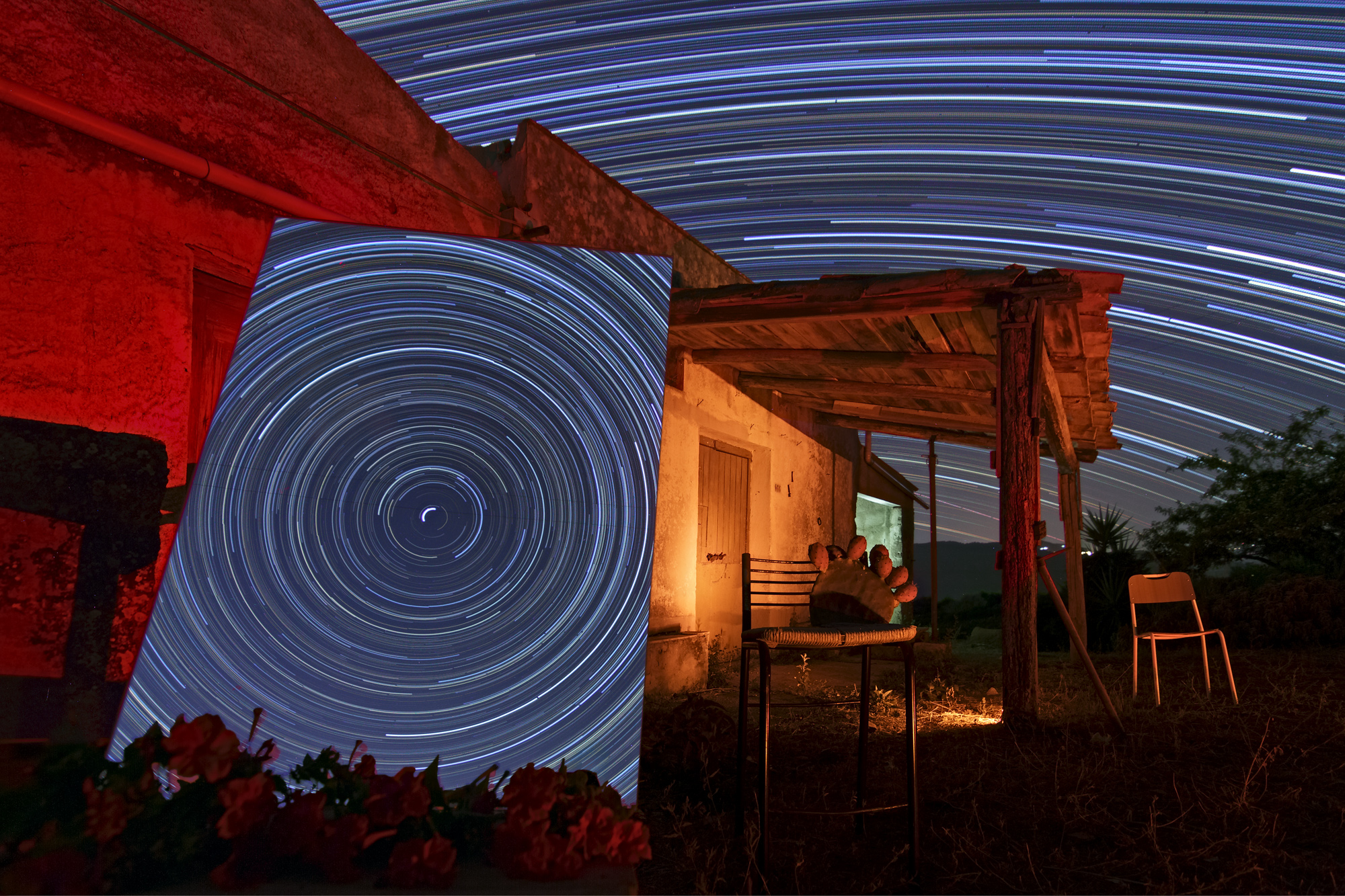

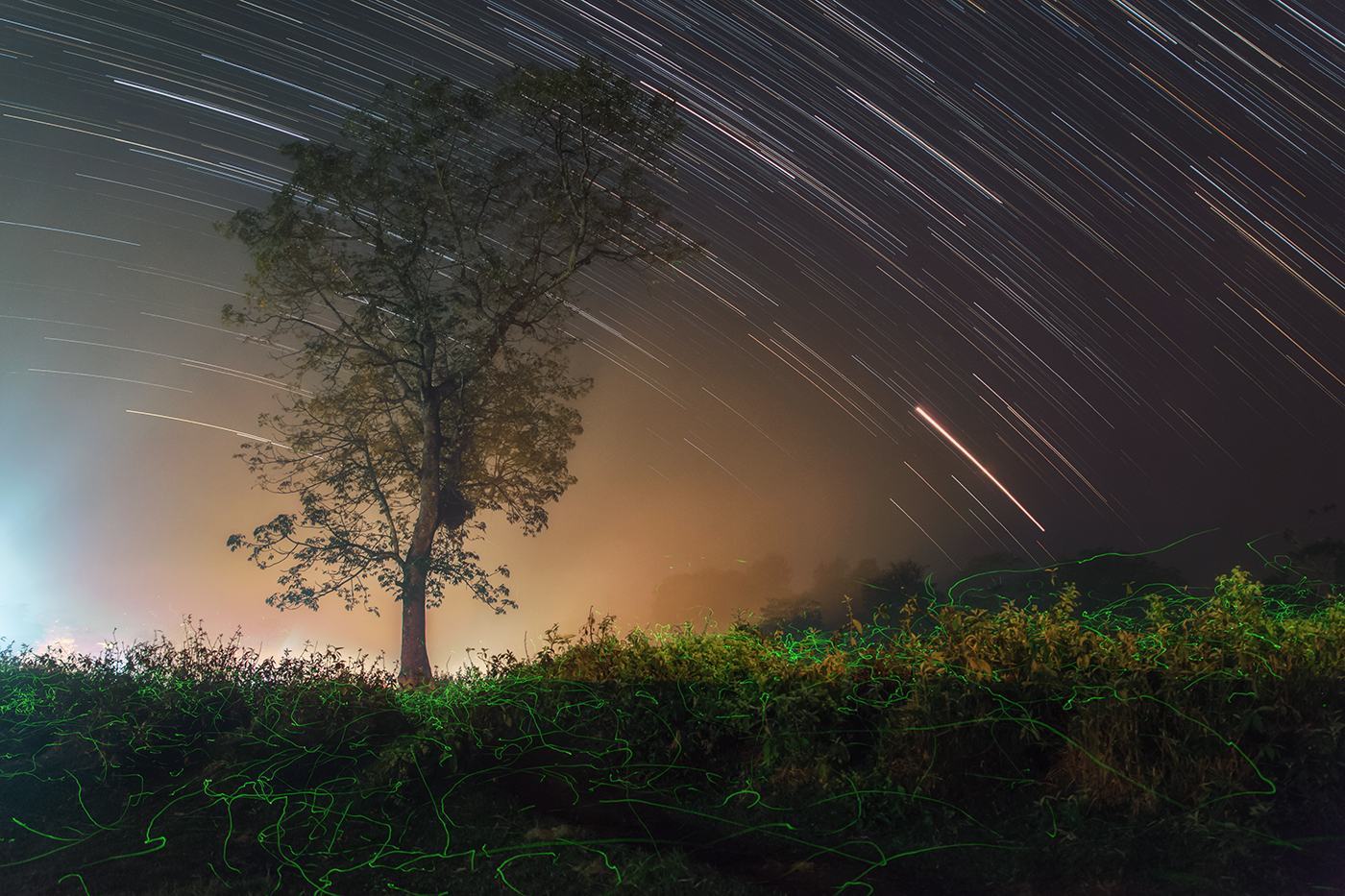
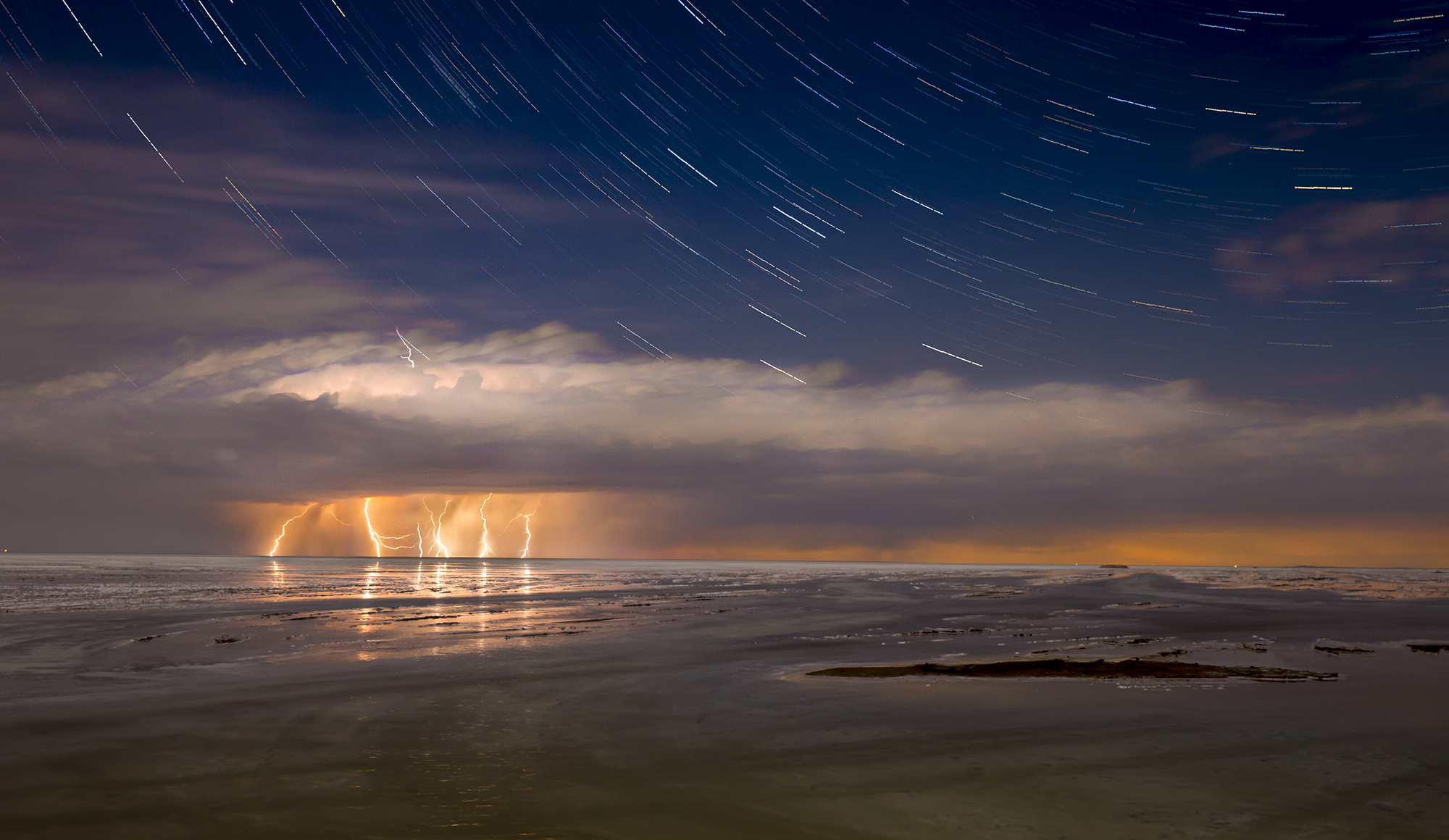
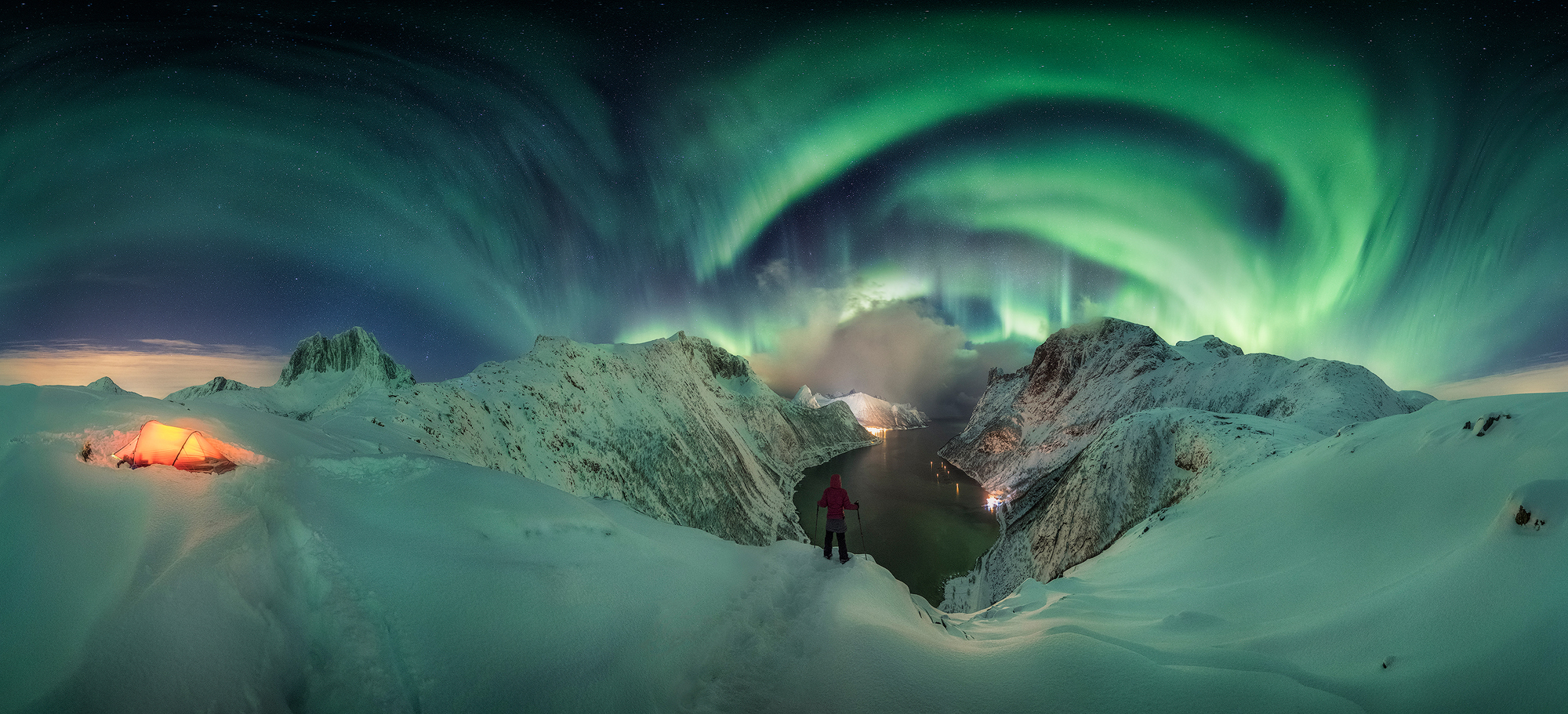
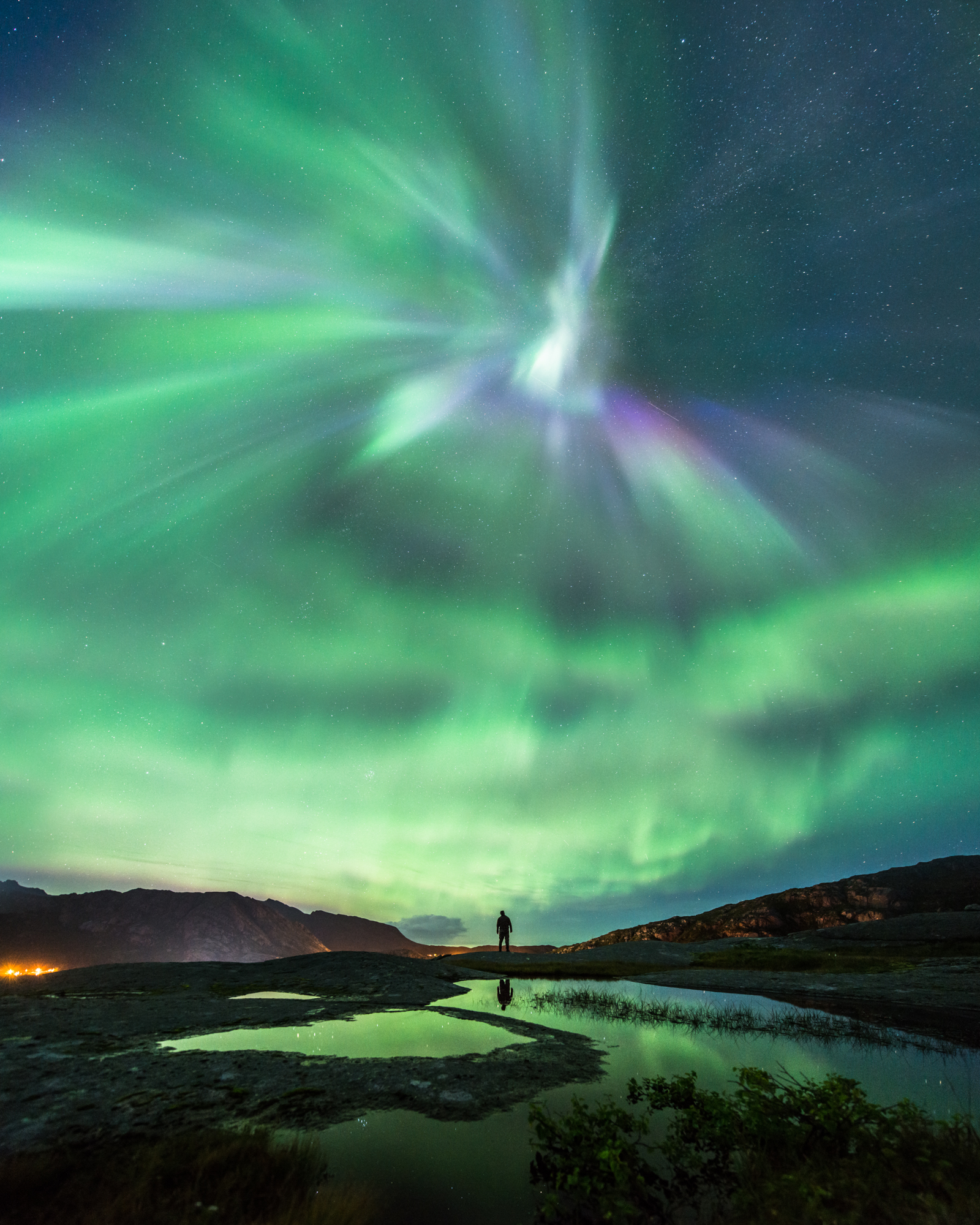
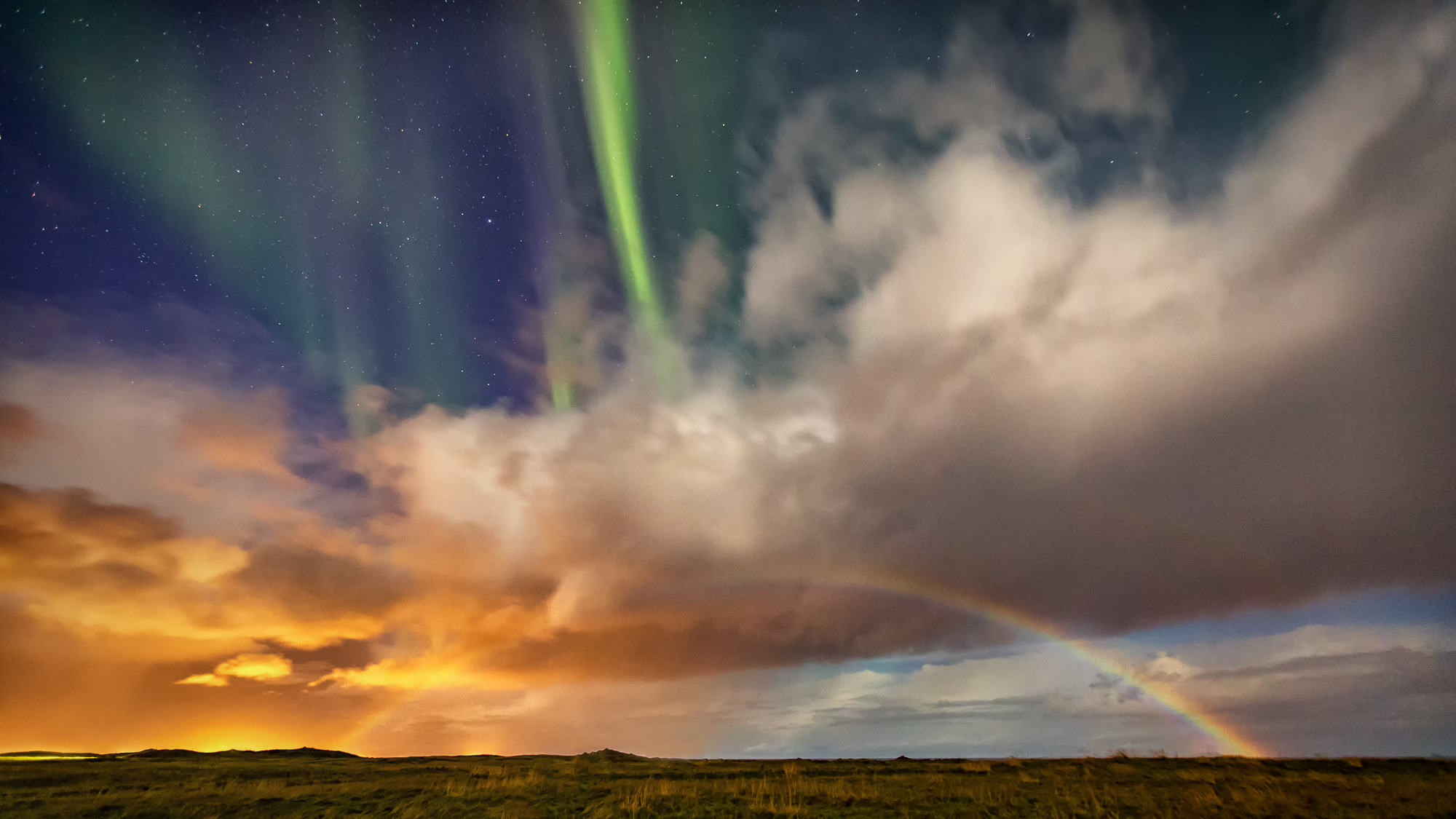
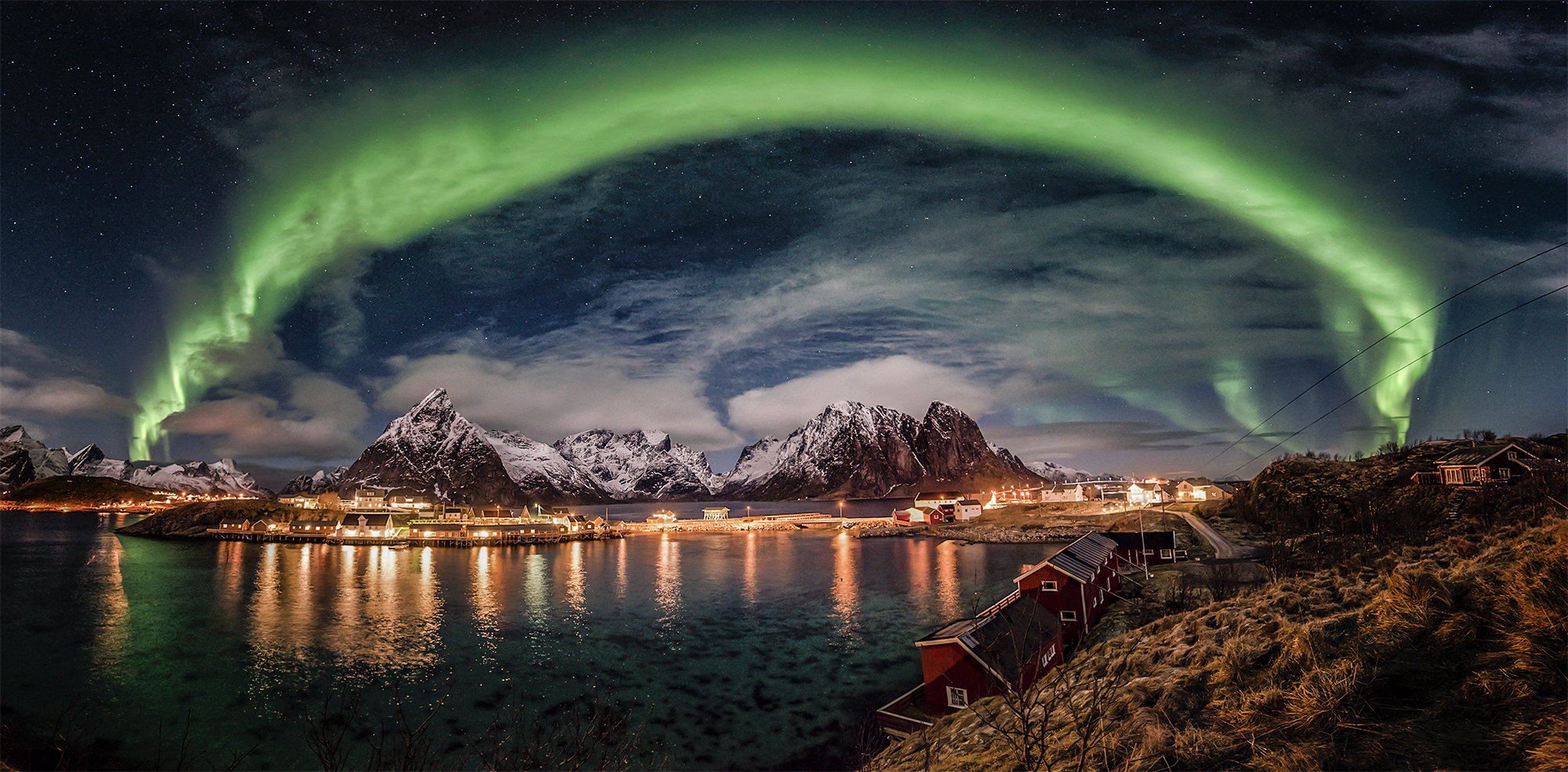

comments (8)